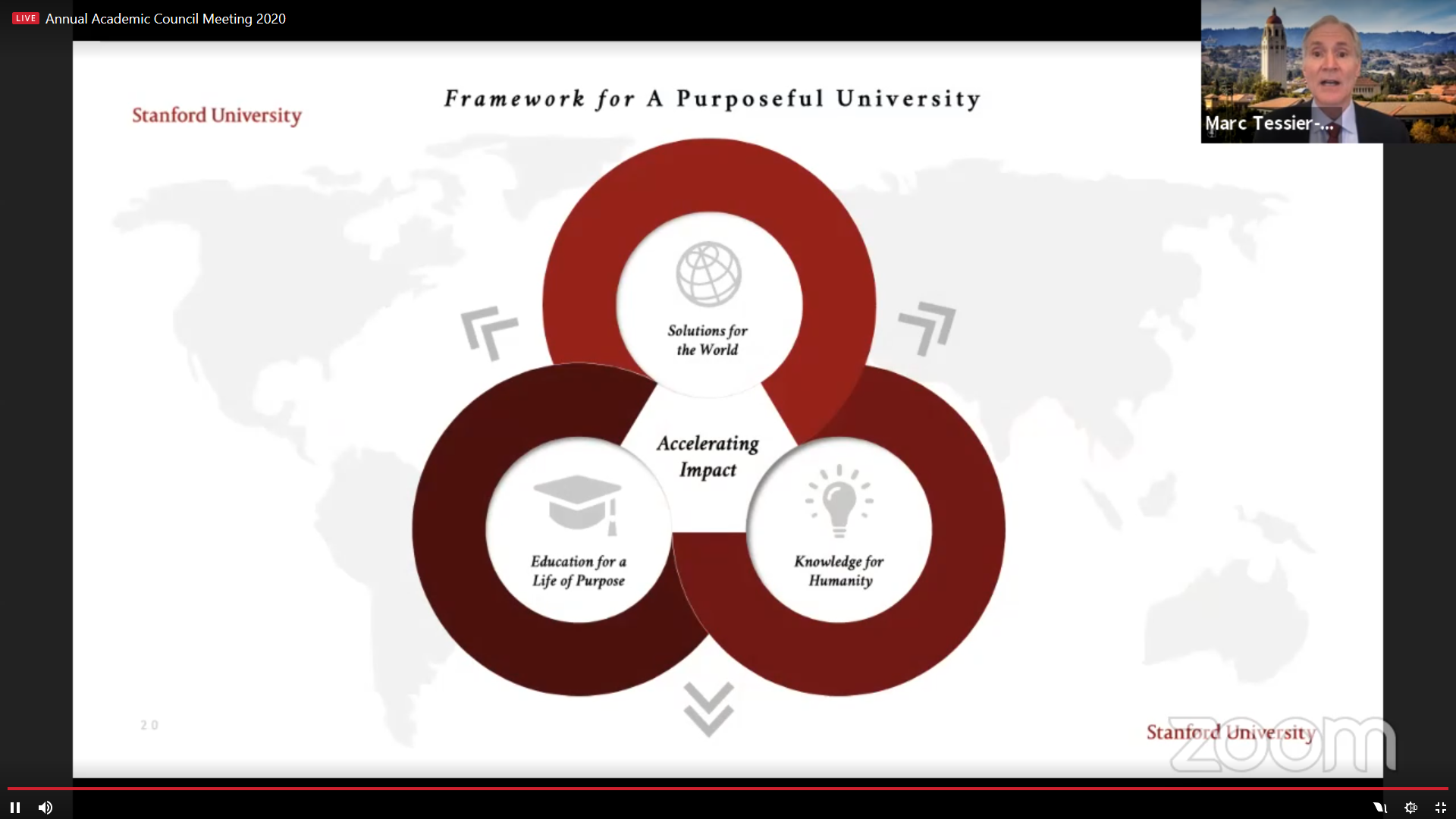The University plans to make student engagement and environmental justice a focus of its new School of Sustainability and Climate (SoSAC), establishing a Student Leadership Committee and a weekend-long discussion based event designed to collect student input.
Students have long expressed concerns about Stanford’s environmental programming, even before the announced creation of SoSAC. In September 2019, Whitney Francis ’19 expressed frustration about Stanford Earth’s lack of diversity. And this fall, students — largely those involved with clubs on campus like Students for a Sustainable Stanford — called for more student involvement in the SoSAC planning process to address broader themes for the new school.
But students and faculty who have been involved in efforts to shape the future of SoSAC were notably silent when it came to the changes, declining interviews and comment requests from The Daily on whether these commitments from administrators address their concerns.
The SLC is a committee of about 10 undergraduate and graduate, chaired by Ayoade Balogun ’21 and Rachel Hu ’21, who are also co-directors of sustainability and climate justice for the ASSU. The two declined an interview with The Daily.
According to Anjana Richards, a project manager for SoSAC and liaison to the SLC, students were selected to the committee via application. The goal, she explained, is to incorporate multiple perspectives in a group that will coordinate stakeholder input.
Currently, the SLC is creating questions for an upcoming student event aimed at collecting student input. The event will feature a random sample of students that will meet in March over a two day period to discuss key questions pertaining to SoSAC.
Administrators hosted a similar event with the University’s professoriate on the weekend of Jan. 30. Richards said that initial feedback from the experience was positive, and that it allowed participants to “grapple with a lot of complex issues in a really thoughtful, meaningful way.”
Richards said that when it comes to the general process for student input, it’s especially important to listen to community centers and BIPOC students on campus.
“I am not a Black or indigenous person of color, and I don’t know the Stanford context. So, to me, the first thing to do is listen,” Richards said. “And so we’re starting to set up some listening sessions, and that’s also going to inform the culture of what the new school could look like.”
A goal of the projects, according to Richards, is to get the opinion of the entire student body before and during the planning process, not just after.
Moler echoed Richards’ thoughts on student involvement, but added that there’s still a lot of work to be done before a final plan takes shape: “Lots of decisions about what educational efforts to prioritize and resource are still to be made and it’s expected that the school will have an ongoing curriculum committee with student representation,” Moler said.
In addition to student involvement, Dean Stephen Graham said environmental justice will likely be a potential focal point for the school. Environmental justice is a movement that emphasizes equal access and involvement in fields relating to the environment, especially stressing anti-racism and inclusive practice.
Though noting that it was early to make any final decisions, Graham said that he’s “absolutely confident that [environmental justice] is going to be a prominent feature of the new school.”
Such a move also has support from professors across multiple schools at the University: The Stanford Environmental Justice Working Group is urging planners of SoSAC to implement environmental justice into plans for the new school. Earth systems lecturer Sibyl Diver, who is spearheading the process, along with multiple other working group members, declined to comment.
Graham also hinted at a potential location for a dedicated SoSAC space on campus, saying that the hope is to create a “quad-like physical entity” dedicated to environmental studies.
Tentatively, any new buildings for SoSAC will be in the empty space between Y2E2 and Green Earth Sciences.
“Space is tight, in general,” Graham said. “But, you know, people are really excited about this, and we’ll make due until such time as we have a really nice inviting environment, and as such a home for sustainability and climate change.”
